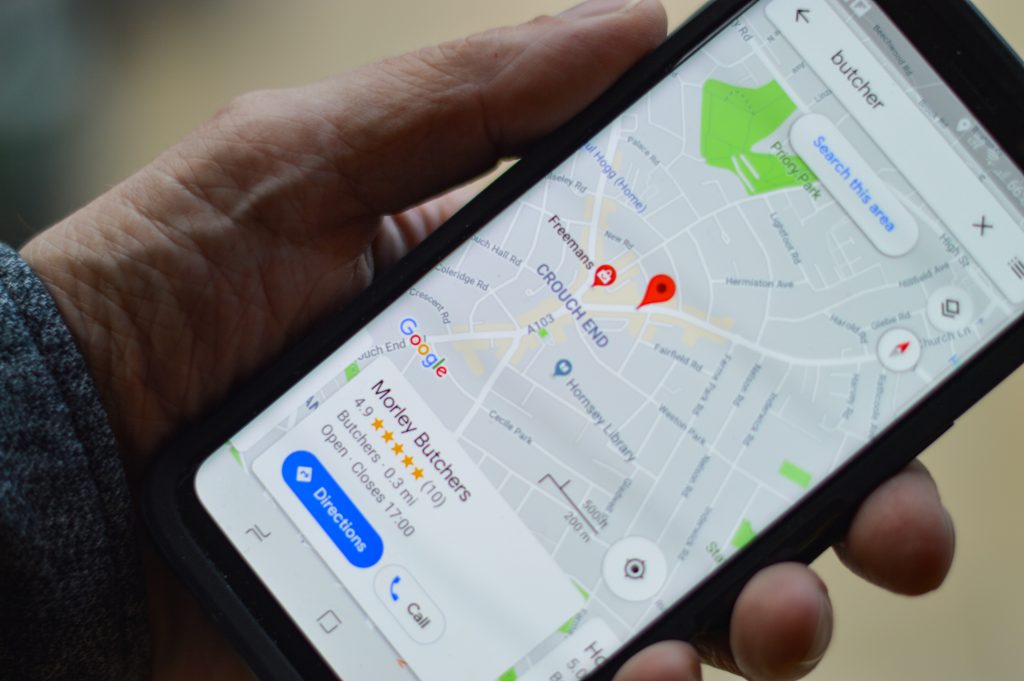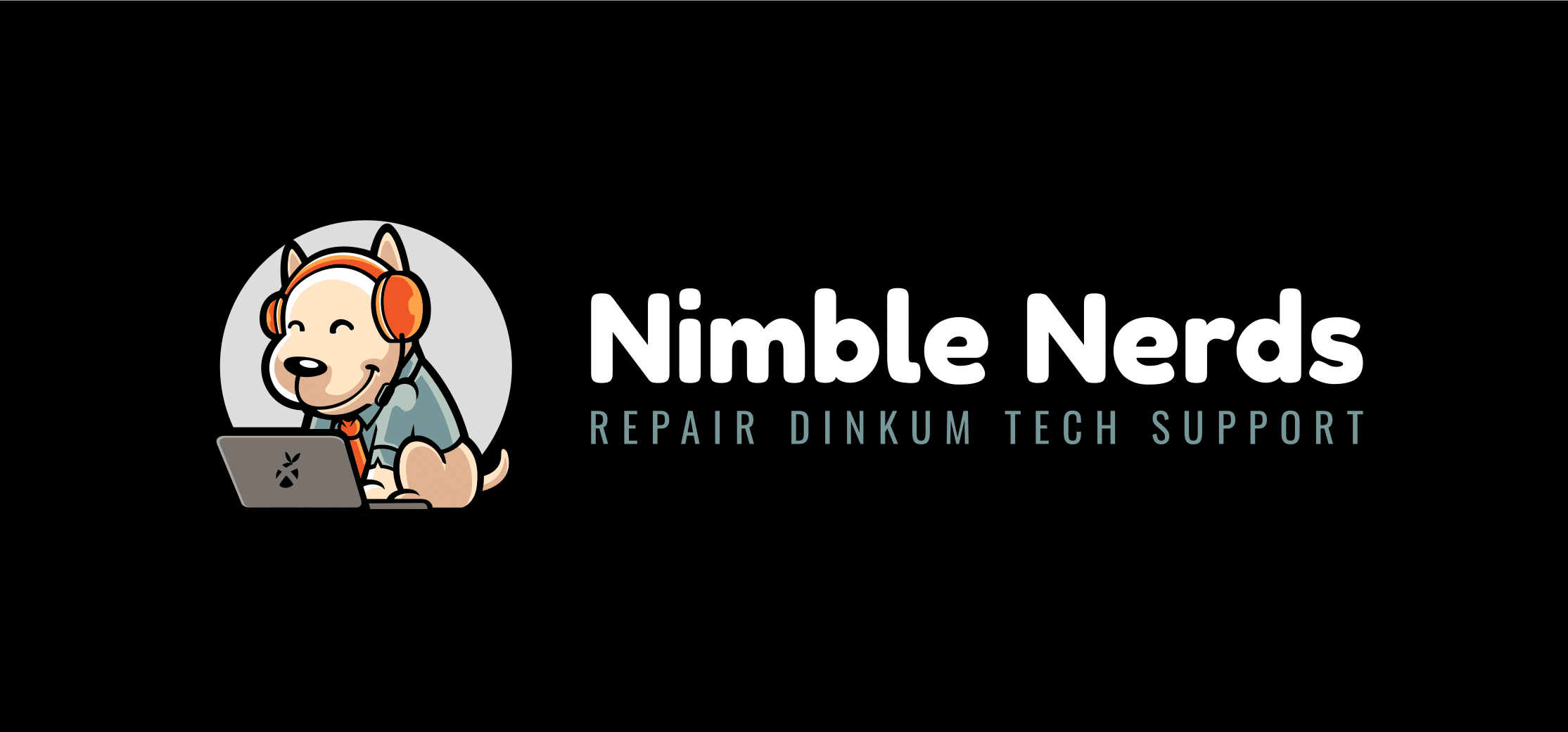A well-designed website is a key component of any successful business strategy. All too often, however, companies – small businesses, in particular – fail to put real effort into developing and continually improving theirs. If you’re not getting the results that you need from your website, chances are that it could use some work. Of course, finding the time to improve a business website is often easier said than done – and it can feel pretty overwhelming too.
If you’d like to improve your website for 2021, it pays to focus on a handful of things. Below, learn about six great techniques for enhancing your business site in no time flat.

1. Assess the Situation with Website Heatmaps
To correct a situation, you need to know what’s wrong in the first place. Therefore, we think that your first step should always be assessing the current state of your website. Many analytical tools are available, of course, with Google Analytics being among the best known. However, data from such tools can be very confusing to anyone who’s not an IT professional; luckily, there are other options.
The best way to grasp, at a glance, how visitors interact with your site is by using a website heatmap. This tool provides a graphical depiction of complex data by boiling it down to various shades of red and blue. Red areas on a page represent places that get the most attention from visitors; blue areas are elements that tend to be ignored.
At a glance, then, you can see which aspects of a particular page perform well and which don’t. You can figure out which pages and aspects of your website need the most attention in no time. Website heatmaps also show you how far people generally scroll down a page so that you can figure out a site’s most engaging and least engaging areas.
In short, analysing your audience’s behavior is a good starting point when it comes to devising a strategy on how to improve your website.
2. Optimize Your Google My Business Listing
If you haven’t already claimed your Google My Business listing, it should be your next step. GMB, as it is often abbreviated, is akin to an interactive phone book. Businesses can claim their listings and then optimize them for free. For local search, which tends to be the most important for small businesses, having a well-optimized GMB listing is a must.
When someone searches for goods and services offered by your business on Google, a map with the most relevant local results appears at the top. Businesses that appear near the top of these listings tend to get the most traffic – and they also tend to have highly optimized GMB listings.
Before you can optimize your listing, you need to claim it. Search for your business name and the city where it is located to find the listing on Google. From there, click the link asking to claim your business. You will have to verify that you are authorized to act on behalf of your business. There are several ways to do so, including via snail-mail, phone or email.
Once you have claimed and verified your listing, you can start optimizing it. Put simply, you’ll want to complete as much of your profile and listing as possible. Ensure that your address and phone number are accurate and displayed the same way across the listing. Upload photos of your location, products and services to gain even more visibility.
A huge part of optimizing a GMB listing is accumulating user reviews, which appear alongside your company name. Therefore, take steps to encourage customers to review your business on Google. As more people review your business, your listing will become more and more prominent in local Google search results.
Later, you can even create blog posts on GMB to further promote your website and business. Think of it as the hub of a well-rounded online marketing strategy.

3. Build an Email List
Email marketing is still a powerful way to grow and expand a business in 2021. However, you can’t do it successfully without having a good email marketing list to work off of. Unfortunately, there’s no viable way to develop a useful email list instantly. You can purchase email lists from marketing firms, but none of them will work nearly as well as one that you’ve developed yourself.
Therefore, focus on gathering email addresses from prospective and existing customers. Your list should only include email addresses that were voluntarily provided to you for marketing purposes. Otherwise known as opt-in marketing, it’s the best way to stay in touch without alienating people through overly aggressive marketing tactics.
There are many ways to entice people to provide their email addresses to you. Well-designed calls-to-action at the end of articles and blog posts are a prime example. Simply ask people to sign up using the link provided to receive more information in the future, and you should start collecting opt-in email addresses quickly.
Once you build an email list with relevant prospective and existing customers, you can start making the most of email marketing – and that will go a long way toward making your site more popular and useful.
4. Put SEO to Work for You
Search engine optimization, or SEO, has long been the gold standard for effective, organic online marketing results. Any good SEO strategy relies on effective keyword research, so you should make that a priority to improve your website.
Keyword research means identifying the keywords that your ideal customer is likely to use to find your goods and services online.
For example, if you sell athletic shoes, relevant keywords might include “running shoes” and “sneakers.” Ideally, though, your selected keywords should be much more specific – especially if you are in a very competitive niche. For instance, “running shoes for women in Sydney” would probably be a good choice.
Once you have a list of effective keywords in place, you can start putting together a full-fledged SEO strategy. You’ll want to revamp the content on your website to include the targeted keywords fairly often; that way, search engines like Google will detect what your site is about and push it closer to the top of the search engine results pages, or SERPs.
Other aspects of SEO include developing incoming links, or backlinks, from relevant, authoritative websites, updating site architecture so that it is easier to navigate for both humans and search engines and optimizing image sizes and other elements to provide the best user experience possible.

5. Get Serious About Content Creation
One of the most crucial parts of any SEO strategy, content creation is also among the best ways to improve your website’s visibility. Although it’s certainly important to create effective, keyword-rich content for the site itself – usually referred to as static content – it’s also vital to create fresh, engaging content regularly.
Through blog posts, social media posts, videos and other means, create engaging and useful content for your targeted audience. Establish a content calendar, and use it to ensure that new content is being developed consistently. At first, your content may not get a lot of traction; over time, though, it’s sure to gather a following. As others link back to your content, your website’s ranking on the search engines will climb further. Think of it as the gift that keeps on giving!

6. Keep Tracking and Measuring Your Success
Finally, one of the biggest mistakes people make with their websites is simply resting on their laurels. They get it up and running and assume that all is well; all the while, they’re missing out on opportunities to improve and optimize it continually.
Therefore, a key step to improve your website is by tracking your efforts, identifying what works and eliminating what doesn’t. Conversion tracking – identifying the percentage of website visitors who click links or otherwise engage with the site – is a powerful way to do so. Heatmaps, as mentioned previously, are also crucial in this regard.
By tracking your website’s progress, you can zero in on issues early and correct them before they cause bigger problems. For example, you might discover through conversion tracking and heatmaps that visitors seem to get frustrated and leave quickly. This is often caused by slow website load times. In that case, you can use a sitespeed tool to confirm if that is the issue. The sitespeed tool may show that your site has too many bulky images, for example. Downsizing the images is an example of the kinds of ongoing improvements that will bolster your business website’s overall effectiveness.
Get Started Today!
Are you ready to improve your website? Start by focusing on one of the above areas, and then work your way down the list. Before you know it, your site will be truly working for you. If you need a hand, please contact us – we look forward to assisting you!


